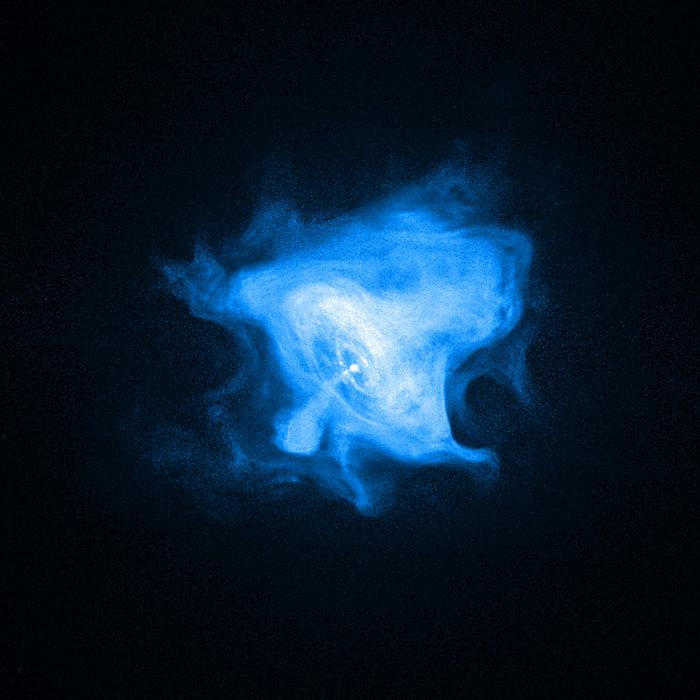body {
font-family: Arial, sans-serif;
line-height: 1.6;
margin: 20px;
}
h2 {
color: #2E6F95;
}
blockquote {
background: #f9f9f9;
border-left: 10px solid #ccc;
margin: 1.5em 10px;
padding: 0.5em 10px;
}
blockquote p {
margin: 0;
font-style: italic;
}
a {
color: #0B3D91;
}
.donation {
background: #f0f0f0;
padding: 15px;
margin-top: 20px;
border-radius: 5px;
}
.donation strong {
font-size: 1.1em;
}
.donation em {
display: block;
margin-top: 10px;
}
Imagine a cosmic metronome ticking in the void, then subtly growing and declining like two harmonious notes on a piano. This gradual rise and fall, scientists suggest, could be the signature rhythm of nanohertz gravitational waves hidden within pulsars’ exceptionally regular ticks. In a recent study, Shun Yamamoto and Hideki Asada detail a method to sense that modulation and, importantly, utilize it to differentiate the diffuse cosmic hum from distinct nearby supermassive black hole pairs.
Pulsar timing arrays function like a detector stretched across the galaxy. Millisecond pulsars emit radio pulses with remarkable precision. Gravitational waves passing through can gently distort spacetime along the routes from pulsars to Earth, altering pulse arrival times in correlated patterns across the sky. In 2023, various collaborations presented compelling evidence of such ultra-low frequency waves, although the signal did not meet the traditional 5 sigma criterion. The subsequent inquiry is about the source: is it a stochastic background produced by numerous distant systems, or one or more relatively close binaries dominating a specific frequency range?
Yamamoto and Asada investigate a straightforward yet impactful concept from acoustics. If two gravitational wave sources have nearly identical frequencies, their combination results in a beat. This beat modulates the standard Hellings and Downs angular correlation pattern employed in pulsar timing analyses. Identifying this modulation would strongly support the binary hypothesis over a uniform, inflationary era background.
“Beats occurring between the two gravitational waves can alter angular correlation patterns. The correlation patterns induced by the beat are not stable but modulated at a frequency $f_{beat} equiv |f_1 – f_2|$.”
The approach is deliberately minimalist. Consider the primary contributors as two monochromatic waves with similar frequencies and distinct sky locations. Calculate the cross correlations of timing residuals among pulsar pairs, not across the entire observation period at once, but divided into four equal time segments. The stationary components, including standard diagonal terms and any isotropic background, cancel out when comparing segments. What remains is the cross term that carries the beat. From two straightforward ratios of those segmented correlations, the authors derive an analytical formula for the beat phase per segment and thus the beat frequency.
A Fresh Perspective on Nanohertz Waves
The merit is practical. There is no need to first pinpoint individual binaries. There is no need to fit an extensive catalog of sources. It is sufficient to assess if the correlation pattern fluctuates over time with a single slow frequency, indicating interference between two close tones. If the amplitude ratio of the two sources is not excessively imbalanced, the modulation should surpass the noise level once correlation measurements achieve approximately tens of percent precision. The authors also clarify the limitations of the method: if the beat cycles numerous times within a segment, it averages out; if the beat is significantly slower than the total observation duration, insufficient of the envelope is sampled to determine its period.
They evaluate assumptions that might distort the tone. Frequency changes from inspiraling binaries modify the notes over time. For standard chirp masses and decade-long baselines, the variation is minimal enough that the two-tone model remains valid, except for the most massive systems. Eccentric orbits also disseminate power into harmonics; for reasonable eccentricity, the monochromatic approximation is still acceptable. As a
